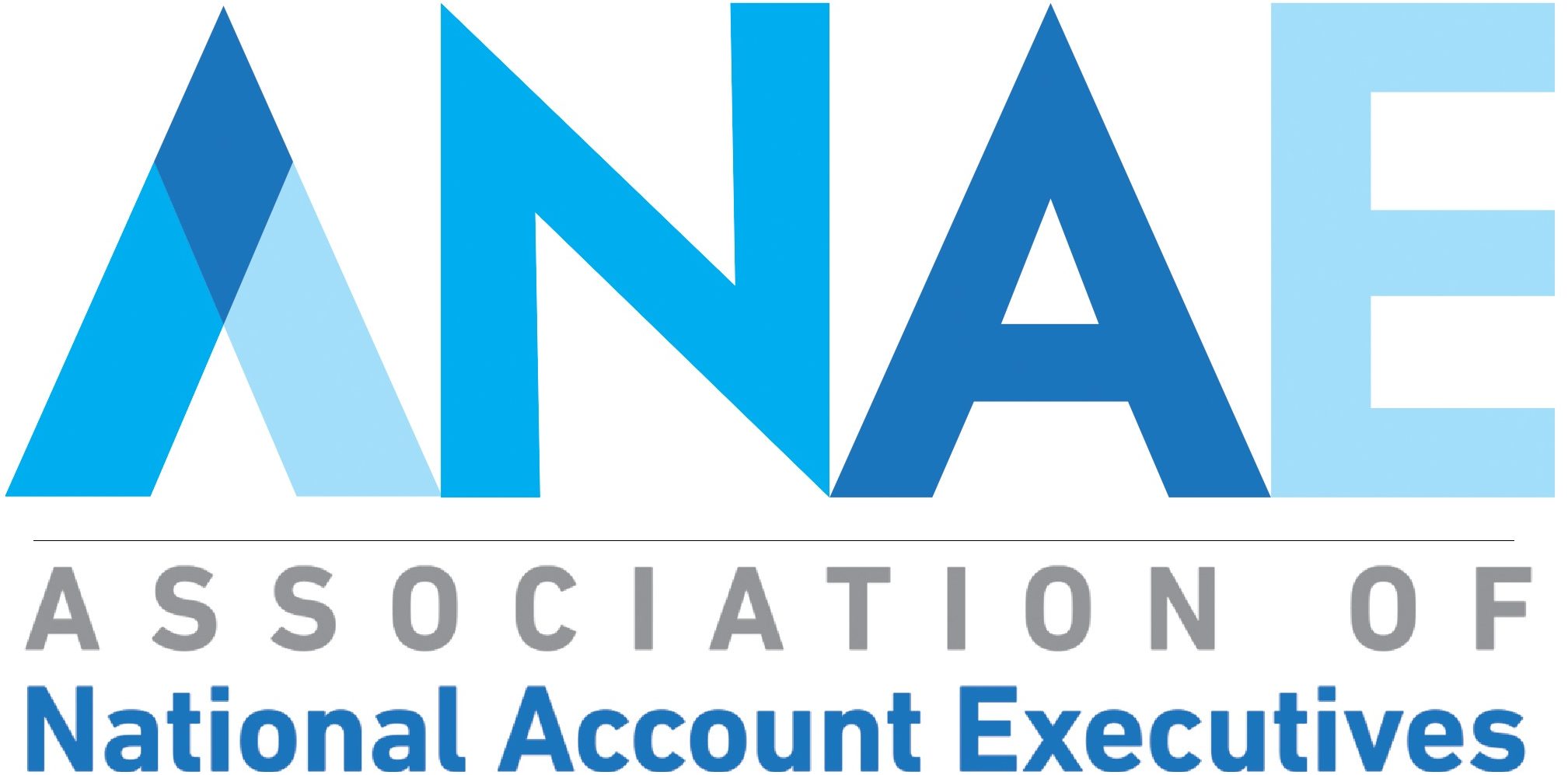- 8 Tactics for Negotiation with GPOs (Group Purchasing Organizations) - July 13, 2021
- Why I am not responding to your email - September 23, 2020
- FAH Conference 2020: Key Takeaways - March 4, 2020
Laurel Junk, VP supply chain, procurement & supply for Kaiser Permanente, was the guest of ANAE for July’s Supply Chain Leader Series.
Kaiser Permanente is one of the nation’s largest not-for-profit health plans, serving over 9.1 million members, with headquarters in Oakland, Calif. It comprises 36 hospitals, more than 600 medical offices, and more than 17,000 physicians and 167,000 employees overall. Its operating revenue in 2012 was $50.6 billion.
Laurel joined Kaiser Permanente in early 2009 as Vice President of Procurement & Supply’s Supply Chain team. In this role, Laurel is directly responsible for the continuity of supply chain for the Northern and Southern regions of California as well as developing a supply chain strategy across all Kaiser Permanente regions in alignment with the needs of the organization. Other areas of focus include supporting the implementation of OneLink, a program wide enterprise resource planning initiative, establishing a common set of performance measures for the supply chain function, and driving for continuous process and cost improvement.
Among the insights Junk provided:
On what’s unique about Kaiser: Kaiser’s is a fully integrated delivery network, offering physician and hospital services, as well as the health plan or insurance component.
“In essence, we have the full circle, of insuring our members, as well as providing the services and the care,” Junk says. “That’s an extremely beneficial thing for us because it allows us to look at the total, end-to-end of care, and hopefully as we are facing some very challenging times with healthcare reform, give us an advantage and really being able to understand and effect the levers that will bring much better care, more consistent, quality of care, as well as affordability.
On Kaiser’s priorities: Kaiser aims to drive variation out of its delivery of care and supply chain, both to improve care and lower costs. With healthcare reform measures being implemented, the organization can’t afford not to, she says. “Even for an organization our size, it’s hundreds of millions of dollars that we’ve got to find in our cost structure just to be on par with where we were before. We believe in universal access to care, but understand that’s going to come at a diff reimbursement rate than in the past, so we’ve got to adjust our cost structures to be able to do that.”
How can suppliers help Kaiser Permanente reach its goals: Succeeding in the era of reform is going to require total partnership up and down the supply chain, Junk says, because “we’re all feeling the impact,” whether it’s new reimbursement models for providers or dealing with the medical device tax for suppliers and manufacturers. Kaiser is making a big push to capture usage so it can better track its supply chain and also improve quality of care. As Kaiser undergoes a supply chain transformation toward more metrics and the goal of standardized care, it will need its supplier to get on board with GS1 data standardization as well, Junk says. Doing so will allow Kaiser to plan and set inventory levels more efficiently.
